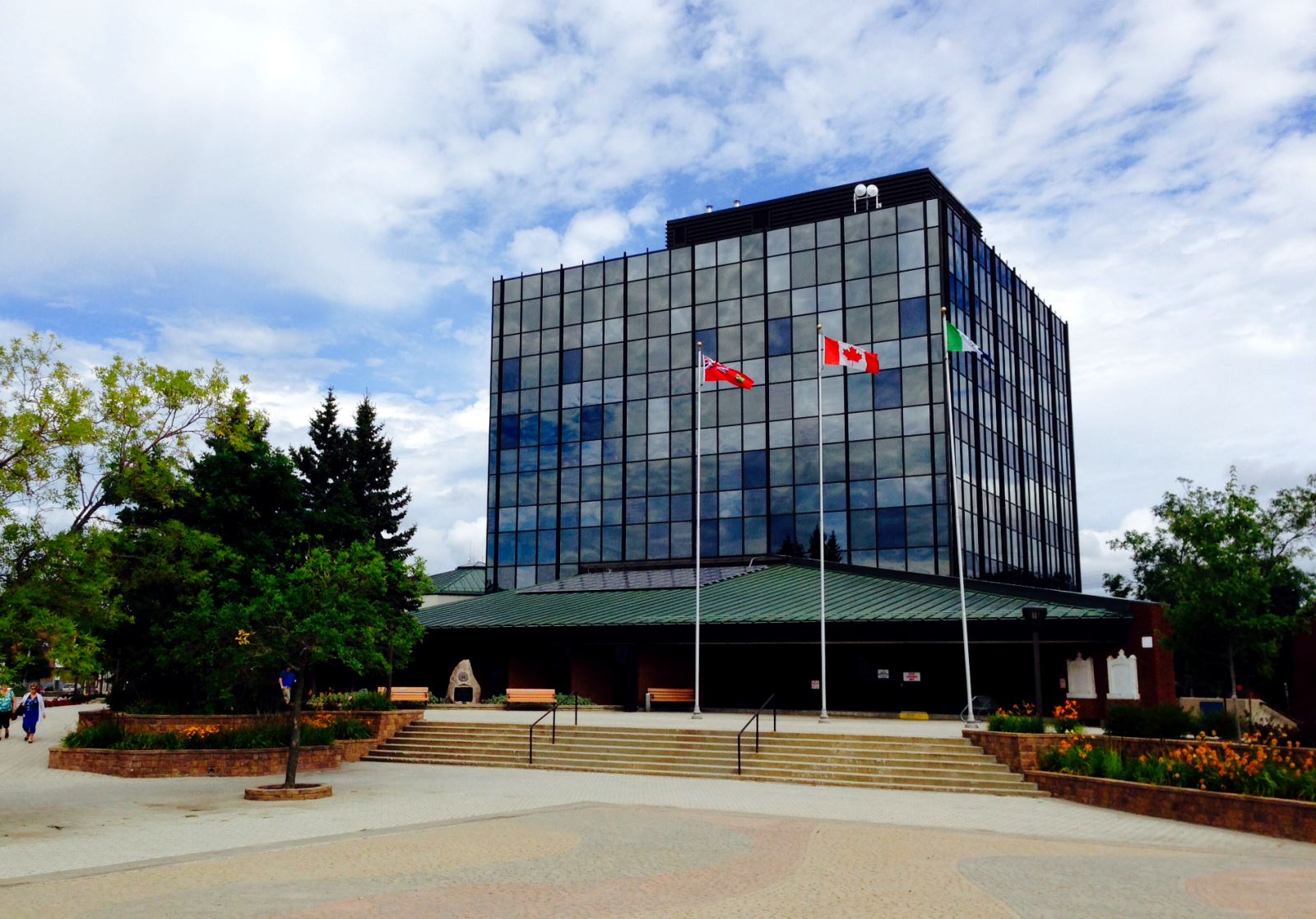 The General Government Committee unanimously approved the city recommendation to adopt the 2014 status quo tax ratios on Monday night, which are expected to result in an overall tax rate reduction of 2.6 per cent. PHOTO BY LIAM BERTI
The General Government Committee unanimously approved the city recommendation to adopt the 2014 status quo tax ratios on Monday night, which are expected to result in an overall tax rate reduction of 2.6 per cent. PHOTO BY LIAM BERTI
After plenty of concern that North Bay residents would not be able to bear a heavy tax increase, it appears as though some of them might not have to.
City staff brought the proposed tax ratio model before council during committee talks on Monday night, where the politicians were told to expect a 2.6 per cent overall tax rate reduction.
In their simplified presentation, Margaret Karpenko, the city’s chief financial officer, and Lorraine Rochefort, the city’s manager of revenues and taxation, outlined the different ratio models and what they would mean for property owners.
On the most basic level, their recommendation was to follow the 2014 ratios, which places a heavier burden on the multi-residential tax class because the overall assessment increase in that class is the highest.
The General Government Committee unanimously approved the ratios that are now expected to go before council for a vote.
Put simply, a tax levy is the amount required to operate the city, as set out in the recent budget process. After much deliberation, the 2015 tax levy was set at a 2.4 per cent increase.
The tax rate, on the other hand, is the percentage that is applied to the assessed value of a property to determine how much taxes are to be paid by each property class.
But those ratios can be adjusted to change the distribution of the tax burden between the classes.
“Tax ratios are one of the most important tax policy decisions that council will make because the tax ratios determine the relative burden to be borne by each property class,” Rochefort explained.
Based on the city’s recommendation to continue with the 2014 tax ratios, the estimated 2015 residential tax rate is a 2.6 per cent decrease, including the provincially-determined education tax rate.
That residential tax rate is calculated by dividing the tax levy by the total taxable assessment, as determined by the Municipal Property Assessment Corporation (MPAC).
In other words, an increase in the tax levy doesn’t necessarily mean there will be an increase in the tax rate.
Under the tentatively approved ratios then, a residential property owner with an unchanged assessed value year over year would actually be issued a lower tax bill.
On the opposite end of the spectrum, if their property were assessed a value 4.6 per cent higher, their tax bill would be expected to increase by roughly two per cent.
But in the same report, city staff are projecting that, based on the 2014 ratios and assessment, 13,350 local property tax bills will increase by up to $100, while 2,955 properties would increase by over $100.
On the other hand, a mere 1,781 would expect to see a decreased tax impact.
“I continue to be concerned that the residential tax payer pays an unfair burden, it seems to increase each and every year,” said Coun. Derek Shogren.
The remaining tax burden is then applied to all other property classes, such as multi-residential, commercial and industrial, in relation to the residential rate.
The other ratio options considered by city staff and council were reduced rates based on city Tax Policy, which heavily favour the commercial class, or a revenue neutral model, which would see an increase in every class as per provincially-set guidelines.
“I understand the importance of keeping low industrial and commercial tax rates, but if that’s the will of council, all I would say is that should be first and foremost what we put out throughout any correspondence we have,” added Shogren.
The city report identifies the 2014-15 taxation year as having the lowest real assessment growth rate in recent years, pegged at just 0.23 per cent.
That small increase is estimated to account for $175,396 of additional tax revenue, coming from a combination of residential and industrial growth.
On the other hand, the multi-residential and commercial classes are said to have decreased by a combined $47,039.
City staff reported that they have lost out on a significant portion of commercial tax revenue thanks to successful appeals by “large players within the community” in recent years. Last year, for example, Karpenko said roughly $220,000 was lost in the appeal process of a few large players in the commercial class.
Karpenko also said that there are roughly the same, if not more, in currently outstanding appeals.
Moving forward, city staff will now develop the tentative tax policy bylaws, with hopes of being voted on by council on May 11.
Because the committee discussion was delayed by two weeks, city staff are up against a tight deadline if the final tax bills are to be issued by the first week of June, with a due date of June 30.
@BertiLiam


